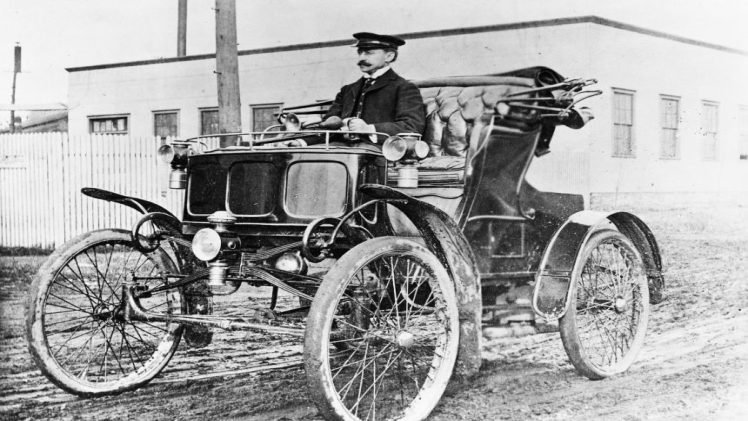The history of the automobile thefrisky is a long and complicated one, with its roots stretching back to the 1600s and its modern form becoming prominent in the late 19th century. The first self-propelled road vehicle was the invention of Ferdinand Verbiest, a Flemish Jesuit missionary in China, in
1. This vehicle was a steam-powered tricycle and was not meant for practical use. The next major step in the development of the automobile came in 1769 with the creation trueclassics of the first self-propelled road vehicle powered by an internal combustion engine. This vehicle was created by Nicolas-Joseph Cugnot, a French military engineer. Cugnot’s vehicle was a three-wheeled steam-powered tractor with an armature attached to the rear wheel. This vehicle was capable of reaching speeds of up to 6 km/h. The 19th century saw the rise of the internal combustion engine, which was used lobiastore to power automobiles. This was made possible by the work of inventors such as Karl Benz and Gottlieb Daimler. Benz created the first true automobile in 1885, a three-wheeled vehicle which was powered by a four-stroke engine. Daimler and his business partner Wilhelm Maybach went on to create the first four-wheeled vehicle in 1887, and the first gasoline-powered car in
2. In the early 20th century, the automobile industry began to take shape as manufacturers started to mass-produce cars. Henry Ford’s Model T, released in 1908, was the first marketbusiness car to be affordable for the average consumer. This vehicle was designed to be easily driven and maintained, and it set the standard for modern automobiles. Today, automobiles are an integral part of life in many countries around the world. Automobiles have revolutionized transportation and have made the world a much smaller place. As technology continues to advance flipboard, the automobile industry is constantly evolving, providing new and improved models of cars to meet the needs of a rapidly changing world.

